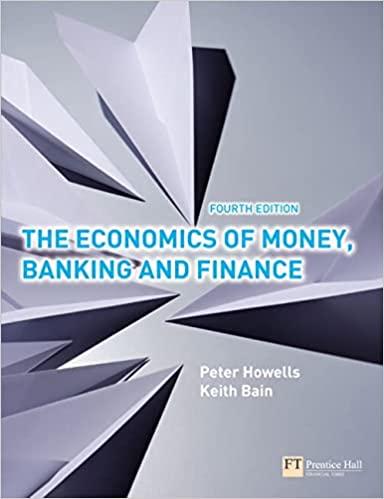Answered step by step
Verified Expert Solution
Question
1 Approved Answer
Provide your answers in a separate write-up. Make sure your write-up is neat and organized, and make sure to dearly label each question part. Justify

Step by Step Solution
There are 3 Steps involved in it
Step: 1

Get Instant Access to Expert-Tailored Solutions
See step-by-step solutions with expert insights and AI powered tools for academic success
Step: 2

Step: 3

Ace Your Homework with AI
Get the answers you need in no time with our AI-driven, step-by-step assistance
Get Started


